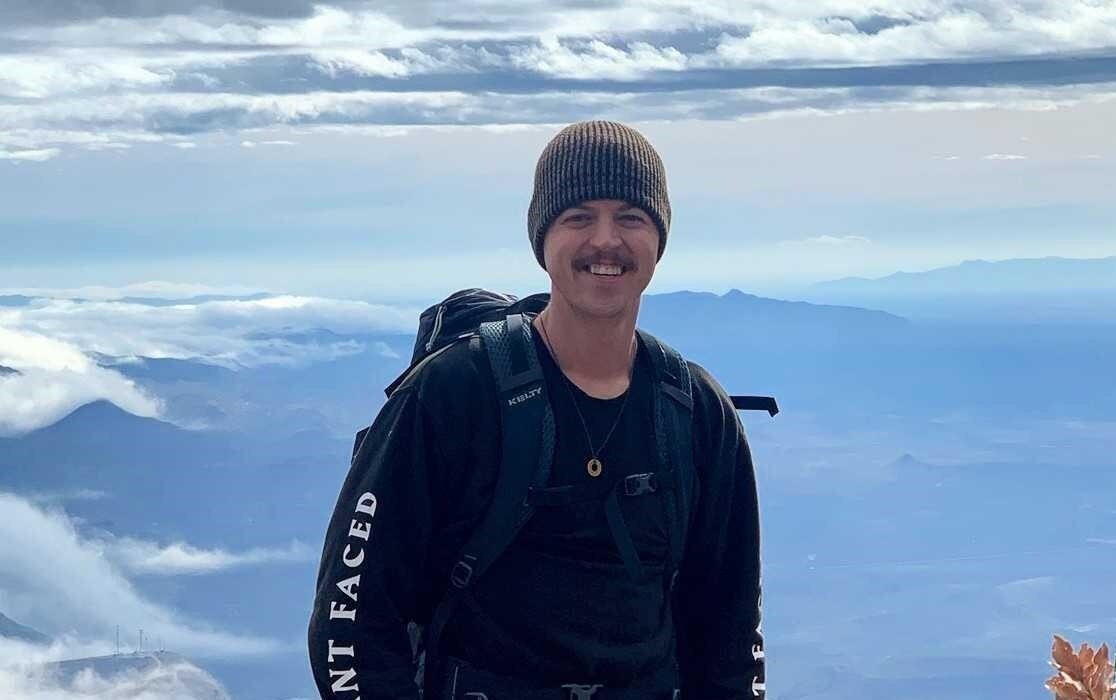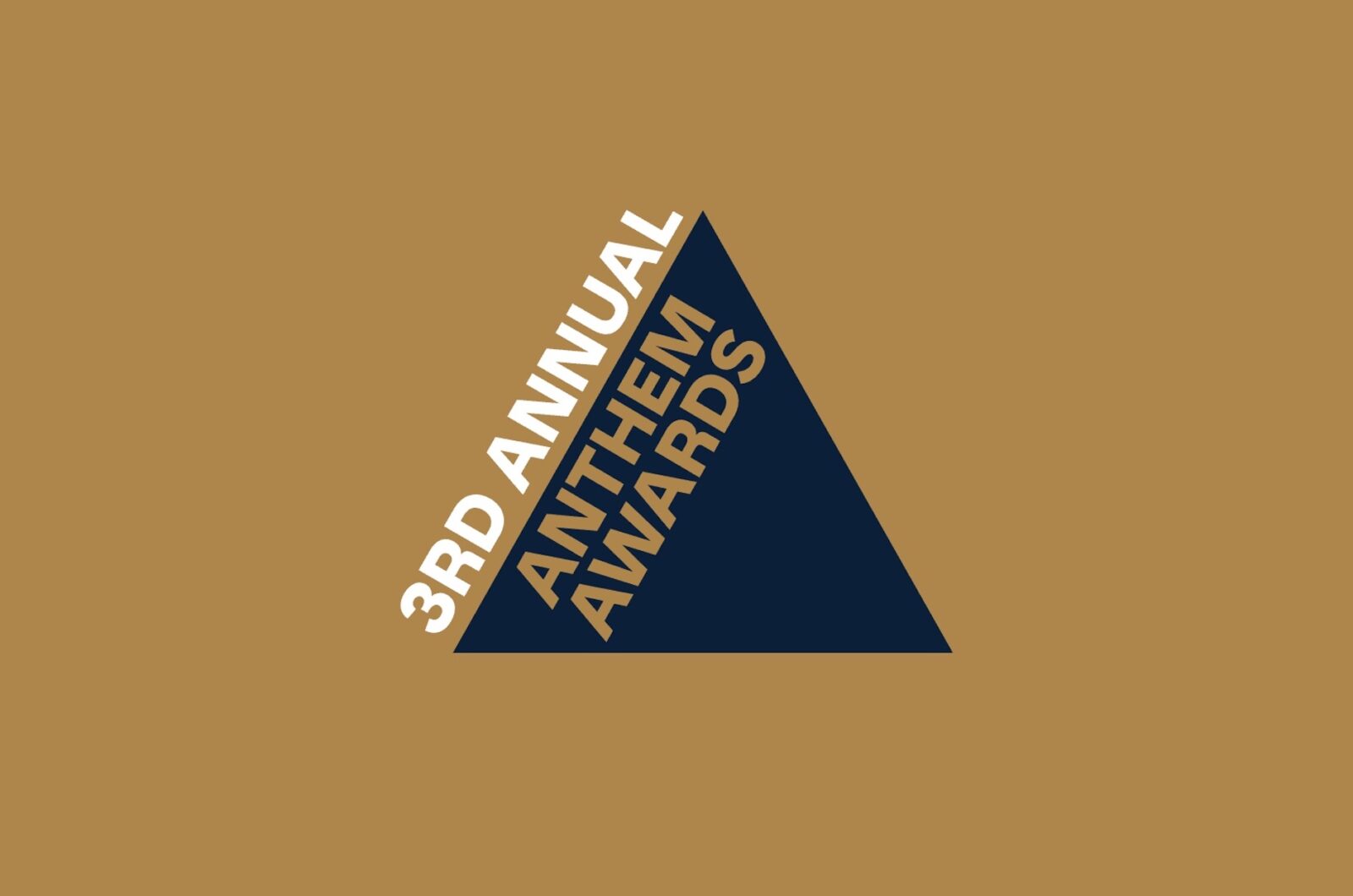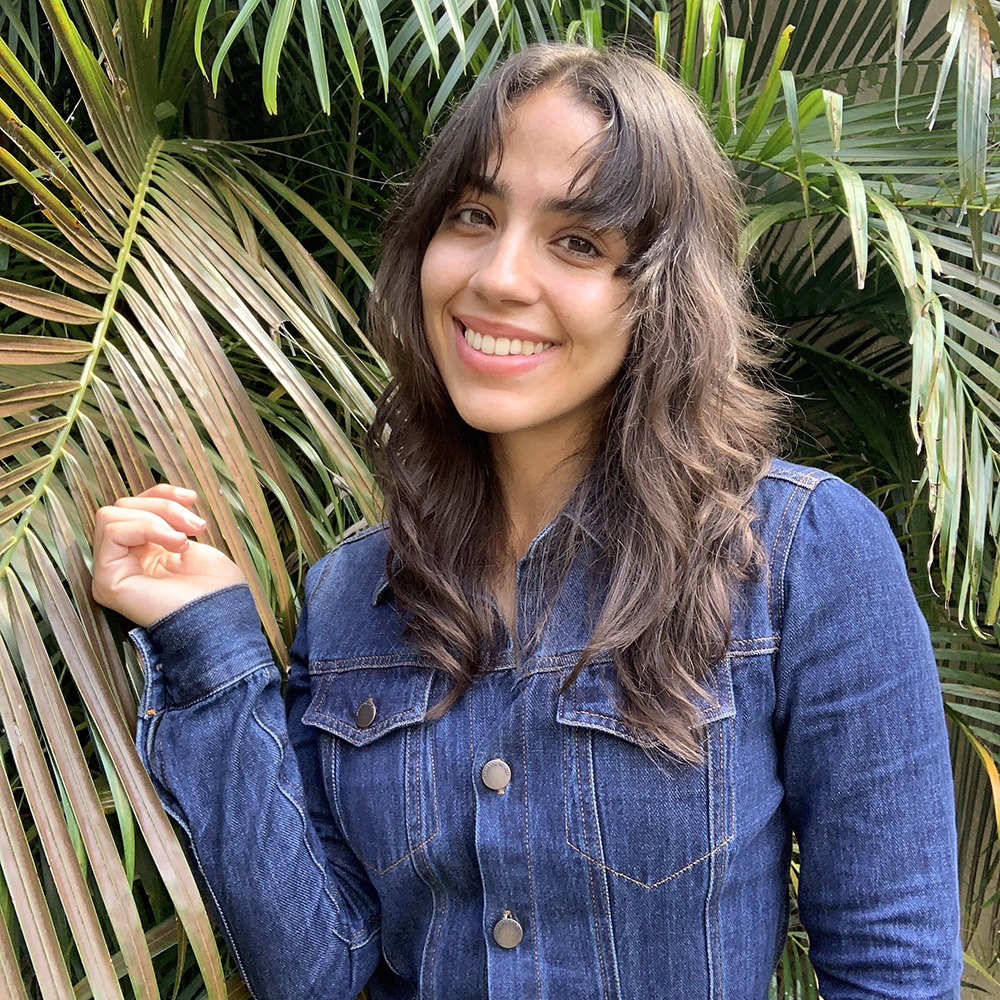ACE INTERVIEW: Philip Aiken on Being an Environmentalist in the Digital Space
Raquel Martinez
|November 20, 2021

Philip Aiken (he/him, they/them) hosts the eco podcast ‘just to save the world.‘ He is an environmentalist, creative and a community organizer in Austin, Texas with a background in Engineering and a Masters degree in Renewable Energy. Phil is currently a videographer working with sustainable brands and environmental organizations, a prominent eco TikToker, and founding member and director of media production at Intersectional Environmentalist 501 (c)(3).
Raquel Martinez (RM): When did you first learn about the climate crisis? What was your immediate reaction?
Philip Aiken (PA): I first learned about global warming when I was 14 and a freshman in high school. We had an English class project to research and write a report to debate a topic relevant to the 2008 election; I randomly chose global warming. In researching that, I was astounded by the science and confused why it wasn’t a bigger issue. I naively decided right then and there I was going to save the world one day haha. I realize now that it takes millions of people collaborating, but I am still dedicated to the work to achieve those ends I told myself I would almost 15 years later.
RM: How did you first get involved in the climate movement?
PA: Well, I first put my focus completely into it when I started my Masters program in New Zealand studying renewable energy in 2016. While I was there, I started a blog called “just to save the world.” which eventually inspired my current podcast of the same name a couple of years later. I didn’t really commit to organizing and activism wholeheartedly until last year during the resurgence of the Black Lives Matter movement and protests following the murder of George Floyd. That was the catalyst for making activism my full time gig and shortly after, I was part of the founding group that started Intersectional Environmentalist.
RM: I know you Co-found Intersectional Environmentalist – could you tell us about your work with the organization and what led you to join?
PA: We founded it last year off the momentum of our President, Leah Thomas‘, viral IG post calling for environmentalists to support the Black Lives Matter movement and defining “intersectional environmentalism” inspired by her studies on critical race theory and the extensive works of Kimberle Crenshaw and Combahee River Collective. While Leah was experiencing the virality, the other co-founders, Sabs Katz and Diandra Marizet, were at my house in Austin for the Austin protests and we all ended up on a zoom chat with Leah. We were all unemployed and motivated by turning the moment into a movement so we all agreed to work together to start a website of resources + an educational IG page under the name “Intersectional Environmentalist”. We are now a 501 (c)(3) and I am acting as the Media Director, overseeing our podcast “Dismantled” as well as all of our video content.

RM: What drove you to get started on content creation in the online space?
PA: Put simply, frustration in my work environment. Even though I was at a sustainable building start-up, they lacked real, tangible action for the environment and I had an absence of creative freedom in my work for the company. I started with my podcast “just to save the world.” which was quickly followed by the creation of my Instagram page under my personal brand “Phil the Fixer”. I started creating short education videos on eco-topics for Instagram to accompany conversations on those topics I was having on my podcast and drive more people to those in depth discussions. Then I had a podcast episode with local youth climate activists and they kept bringing up TikTok. I realized that if young people were spending so much time on that app that it was probably a good place to start making educational content in order to reach more people. A few months later, I had my first semi-viral video and then I started really focusing on it. Quarantine boredom also drove me to my successes reaching a larger audience with my content for sure haha.
RM: I saw you received an M.S. in Renewable Energy – how have you carried over the knowledge you acquired from your education into your work as an environmentalist?
PA: At times, I use my engineering background and renewable energy studies a lot — at other times, not much at all. I have developed a sort of obsession with broad knowledge of environmental topics at the expense of going super deep into one particular thing. So after I studied renewable energy, I did my research thesis on green buildings, then I went into the sustainable home design space, then learned about native plant landscaping which led me to permaculture, which tied a lot of my past studies together, and led me to regenerative agriculture, which as we know is all rooted in indigenous food systems. Learning about these things has made me fall in love with ecology; soil, fungi, ecosystems, all of that. I have a foundational knowledge of the tech needed to transform our energy systems and infrastructure, but I have found I enjoy nature-based solutions much more, so you see me discussing those topics more frequently as of late.

RM: What are some of the successes and struggles you have experienced in sharing your content online?
PA: Successes have been reaching so many people with education on environmentalism and social issues and hearing from so many people who were inspired to join orgs, change majors, or just be more active in fighting climate and ecological crises. Also, being a part of this amazing network of creators, some of whom have become close friends of mine, has been incredibly fulfilling. The power in community, even online communities, is palpable. The struggles are definitely similar to those most of us feel in social media, especially activist social media spaces: Anxiety, a sense of overwhelm, disconnecting from your real world environment, and sometimes a sense of helplessness that nothing you do is enough. Which is why it is so important to also be involved in your local community; join movements, volunteer for community gardens and mutual aid orgs, and just experience joy with your friends and fellow activists offline. Stay grounded in why we do the work that we do: for the protection and well being of people and the planet.
RM: What are some of the ways in which individuals can promote and uplift intersectionality in the climate movement?
PA: One of the ways is to support and collaborate with social and racial justice organizations in your community. Environmental and justice orgs need to not only coexist but work together to achieve each others goals — they are so deeply intertwined. Amplify a variety of community voices on social, not just famous people or those with the largest followings. Seek out a diversity of voices and share their messages: Black, Indigenous, Immigrants, LGBTQ+ folks, the disabled, those experiencing homelessness… every identity has something to add to the conversation on environmental justice that no other community can adequately speak to. Every struggle is both unique and interconnected. And liberation of people and regeneration of the planet’s ecosystems requires all voices are heard and every marginalized group is not only represented, but has leadership in dismantling our oppressive systems. The climate movement will fail without intersectionality.

RM: What role do you think young people play in the climate movement?
PA: Well, we have all witnessed youth movements over the past 5-ish years be the catalyst to forcing everyone else to address climate change. Before the global protests in 2018, there were FAR less serious conversations going on on climate change. The media wasn’t covering much — if at all. It was discussed some in the 2016 debates, but once Bernie was eliminated, not really. Youth climate organizations have led the climate movement. And even in the past, youth have been advocating to adults who were resistant to change. Going back to Severn Cullis’ speech at the UN summit in Rio in 1992, there’s a history of youth leadership in the environmentalist movement. It is incredibly unfortunate that young people are forced to be activists at such a young age, but also youth movements demand attention like other movements can’t. And organizing goes beyond demonstrations and protests — Advocating for action to be taken at your schools, or at parents’ work also has a cumulative impact that makes a difference.
…Liberation of people and regeneration of the planet’s ecosystems requires all voices are heard and every marginalized group is not only represented, but has leadership in dismantling our oppressive systems. The climate movement will fail without intersectionality.
RM: What are some tips you could provide young people who are looking to follow a similar path in the climate movement as you have?
PA: Don’t follow my path haha. Carve your own — Take bits and pieces from people who inspire you, sure, but make sure you also bring your own uniqueness. Using your passion and skillset will sustain you in this work, which will take a lifetime. Even in the best case scenario, there will be work that is vital to future generations in the next 100 years, so you must incorporate what you love into your activism. Whether that is music, or math, education, film making, or even video games. Use your passion to create change, to spread a message of environmental justice, inspire others, and positively impact your community. We need everyone. We need what you have that nobody else has, and we also need your presence when it is time to protest — to be another caring person in the crowd adding to the loudness of our collective disapproval of the decisions of those in power.
RM: Who are some of your favorite youth activists and/or environmentalists and where can we find them?
PA: Ooh — I am inspired by so many youth activists! The first I started following was definitely Xiuhtezcatl Martinez, whom I am sure you all know of already. But I have both discovered and met so many more along the way. There’s too many to name, but here are a few: Kevin Patel, Iris Zhan, Jerome Foster, Xiye Bastida… and locally in Austin, Matthew Kim and Emma Galbraith are doing so much amazing work.
RM: How can individuals support your work?
PA: Just follow me and share my work, and follow the people whom I share and amplify via IG stories. Check out my podcast: that is the place I’ve put in the most work and passion. I have interviewed so many inspirational people doing such important work. I just want people to be able to access inspiring, educational content that hopefully is entertaining as well. If you have time, funds, access, or resources to share, share that with grassroots movements, especially Black and Indigenous-led ones who really could use the support.
RM: Thank you for joining us!
All photos courtesy of Philip Aiken.
Answers may have been edited for length.
Want to read more? Check out the ACE Blog!
Join our Youth Action Network
More Blog Posts

Our Climate Wins Were on Display at the State of the Union
Today, the Biden Administration temporarily halted all pending decisions on 17 Liquefied “Natural” Gas (LNG) projects across the Gulf South.
Read More
ACE Honored As An Anthem Awards Finalist
Action for the Climate Emergency (ACE) announced today that it won Bronze in Best Use of AI at the 3rd …
Read More
BREAKING: Biden Halts LNG Export Expansion
Today, the Biden Administration temporarily halted all pending decisions on 17 Liquefied “Natural” Gas (LNG) projects across the Gulf South.
Read More
